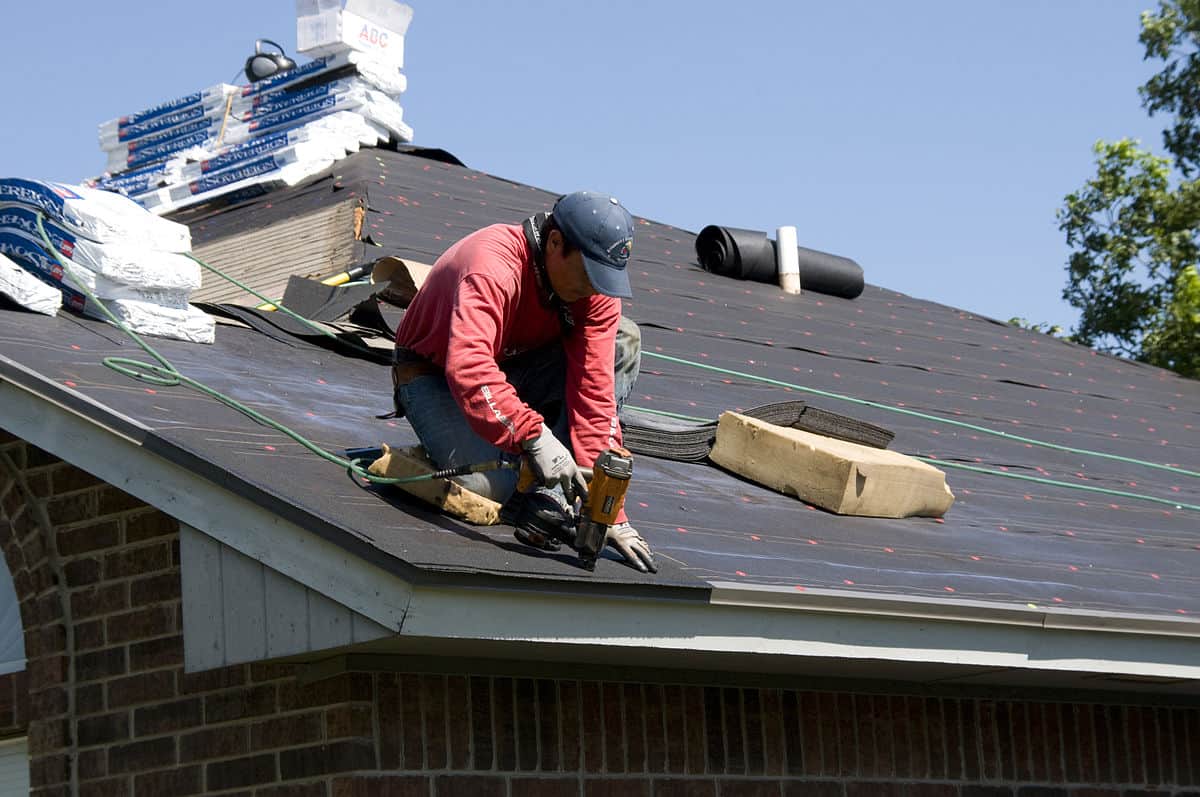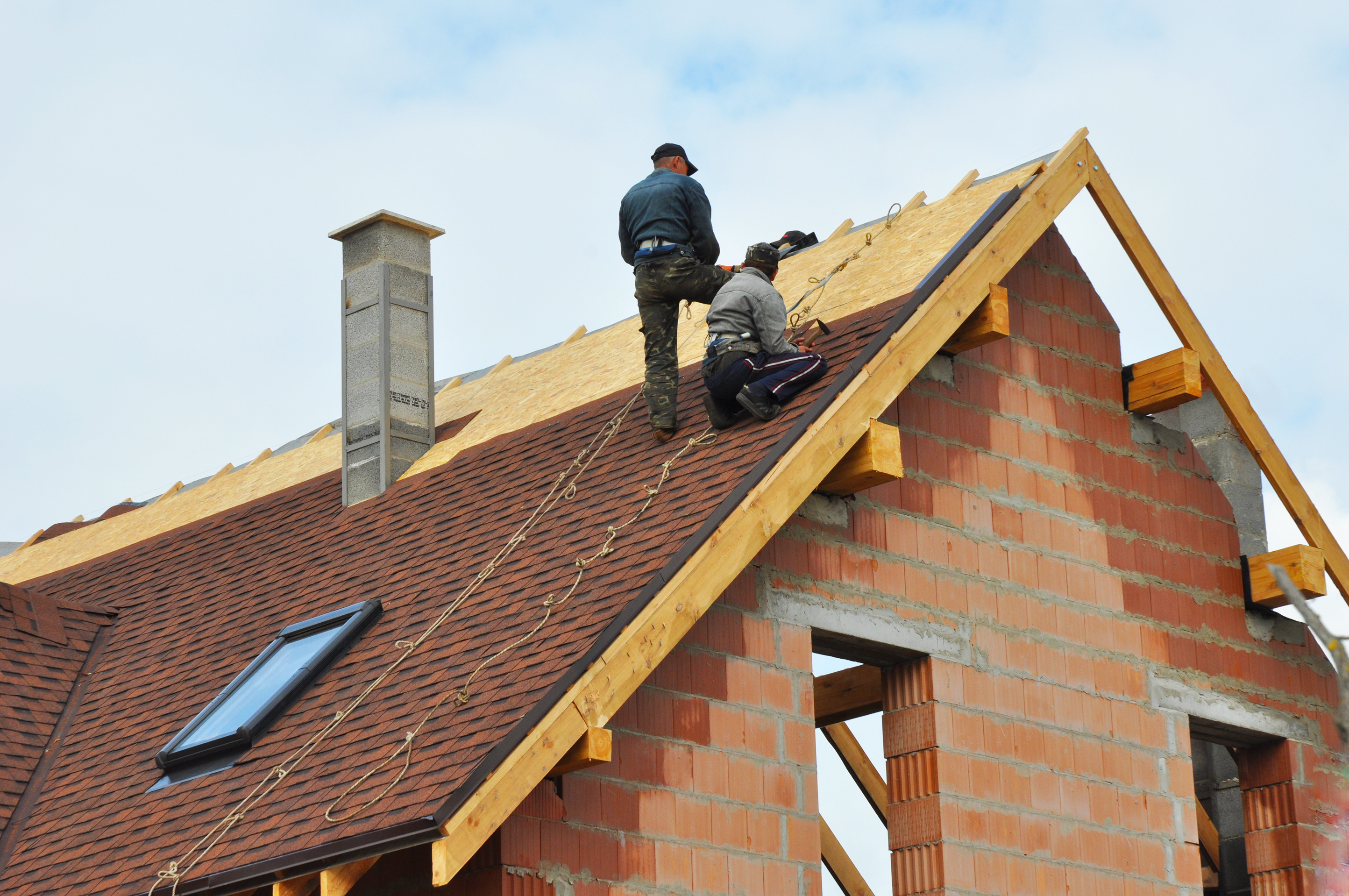Local Insights on Roofing Companies Gainesville Florida Homeowners Prefer
Ideal Practices for Ensuring Appropriate Roofing Air Flow
Ensuring correct roofing ventilation is critical for the longevity and efficiency of a roof. A well balanced intake and exhaust vent ratio, typically 1:300, plays an essential role, with consumption vents preferably put at the lower side of the roofing system for awesome air access and exhaust vents at the peak for warm air departure. Regular evaluations to identify obstructions and preserve clear airflow are paramount. Maintaining insulation away from vents is critical to stop air movement restriction. Recognizing these fundamental components sets the phase for more thorough insights right into installation and upkeep practices that can significantly enhance your roof covering system's performance.
Understand Ventilation Essentials
Effectively comprehending air flow basics is crucial for making sure the long life and performance of roof. Efficient air flow alleviates moisture build-up and temperature level extremes in the attic room, both of which can bring about substantial structural damage over time. A well-ventilated roofing system assists in avoiding usual concerns such as mold and mildew growth, wood rot, and ice dams, which can endanger the integrity of the roofing products and the underlying frameworks.
The primary goal of air flow is to assist in the activity of air, enabling a regular exchange between the outside and interior environments. This equilibrium is achieved with a combination of intake and exhaust vents that collaborate to keep optimum air movement. Intake vents, normally situated along the soffits or eaves, permit fresh air to go into the attic room space, while exhaust vents, often situated at or near the roofing ridge, make it possible for warm, damp air to get away.
Trick factors affecting the effectiveness of roof ventilation consist of correct placement, adequate sizing, and making sure that both consumption and exhaust vents are unblocked. Normal examination and maintenance are vital to identify potential obstructions, damages, or inefficiencies in the air flow system, thus protecting the roofing's efficiency and resilience.
Sorts Of Roofing Vents
Roofing vents play an important role in maintaining effective attic room ventilation and, by expansion, the overall health and wellness of the roofing system. Different kinds of roofing system vents are readily available, each with unique benefits customized to particular roof covering requirements. Ridge vents, for example, are installed along the roof's peak, enabling cozy, moist air to leave from the attic. They offer continual ventilation and mix flawlessly with the roofline, making them both effective and visually pleasing.

Soffit vents are installed under the eaves and operate in tandem with roofing vents to make certain a well balanced intake and exhaust system. By enabling cooler air to get in from below, soffit vents help with the expulsion of hot air through upper vents. Gable vents, located on the exterior wall surfaces of the attic room, deal another reliable solution, specifically in homes with saddleback roofs.
Evaluate Your Current Air Flow

Following, think about the age and condition of your roof covering products and ventilation elements. Older systems may not abide by existing structure codes or might have worn away in time, lowering their performance. Conduct a thorough assessment to identify any type of signs of deterioration, such as corrosion, damage, or gaps that might jeopardize the system's efficiency.
Furthermore, gauge the attic room temperature level and moisture degrees. High temperatures and moisture can indicate poor air flow - gainesville roofing companies. Make use of a hygrometer and thermostat to acquire exact readings, contrasting them with outside problems. Consistent inconsistencies recommend prospective concerns that need addressing.
Installment Best Practices
Effective installation of roof ventilation systems is paramount for ensuring optimal efficiency and longevity. Proper installment begins with understanding the details ventilation needs of the roofing and the building it covers. This involves calculating the proper ratio of consumption to exhaust find here vents, normally adhering to the 1:300 rule, which states one square foot of ventilation for every 300 square feet of attic floor space.

The positioning of vents is equally critical. Consumption vents need to be set up at the roof covering's lower side, usually in the soffits, to enable awesome air to get in. Exhaust vents, on the various other hand, should be installed near or at the roofing system's peak to assist in the exit of warm, moist air. This develops an all-natural airflow that helps keep temperature level and moisture equilibrium within the attic space.
Seal all vent links meticulously to protect against air leakages and prospective water seepage. Use high-quality products and follow maker standards to guarantee resilience and effectiveness. Additionally, incorporating ridge vents with baffles can substantially improve airflow efficiency by protecting against wind-driven rain and snow from entering the attic.
Ultimately, accurate setup of roofing air flow systems mitigates potential concerns such as mold development, ice dams, and architectural damage, ensuring the roof covering's stability and the building's general wellness.
Regular Maintenance Tips
Consistency in upkeep methods is basic to making certain the lasting efficiency of roof covering ventilation systems. Regular examinations are crucial, ideally carried out biannually-- in the spring and loss. During these assessments, make sure that vents are devoid of debris, nests, and other obstructions that can hamper airflow. Check for any type of signs of moisture buildup or mold, as these can show incorrect ventilation or leaks (roofing companies).
Make use of a soft brush or a vacuum cleaner to get rid of dust and debris from intake and exhaust vents. Be careful not to harm the air vent screens or louvers throughout the process.
Correct insulation is just as vital. Ensure that attic insulation does not block the vents, as this can seriously restrict air flow. If any insulation has changed or worked out, reposition or replace it to maintain an effective barrier.
Lastly, change any kind of damaged or missing out on elements immediately. Busted vents, fractured roof shingles, or shabby blinking can all add to poor air flow and must be addressed immediately. Normal maintenance guarantees that the roof covering air flow system functions efficiently, great post to read consequently prolonging the life-span of the roof itself.
Conclusion
Ensuring appropriate roofing ventilation is critical for maintaining the efficiency and longevity of a roof. Adherence to the 1:300 intake and exhaust vent proportion, paired with the critical positioning of vents, is crucial. Normal biannual examinations, particles cleansing, and making certain insulation does not block airflow are essential methods. Applying these ideal techniques will cultivate a well-ventilated roof system, thereby reducing potential issues associated with moisture build-up and extreme warm, eventually extending the roofing's life-span.
A balanced intake and exhaust vent ratio, typically 1:300, plays an essential function, with consumption vents ideally put at the lower side of the roofing for awesome air entrance and exhaust vents at the top for cozy air departure. Consumption vents, typically situated along the eaves or soffits, allow fresh air to go into the attic room space, while exhaust vents, frequently situated at or near the roofing system ridge, allow warm, damp air to leave.
Soffit vents are set up under the eaves and job in tandem with roof covering vents to ensure a balanced intake and exhaust system. By enabling cooler air to enter from below, soffit vents promote the expulsion of hot air through upper vents. Adherence to the 1:300 intake and exhaust air vent view proportion, combined with the calculated positioning of vents, is vital.